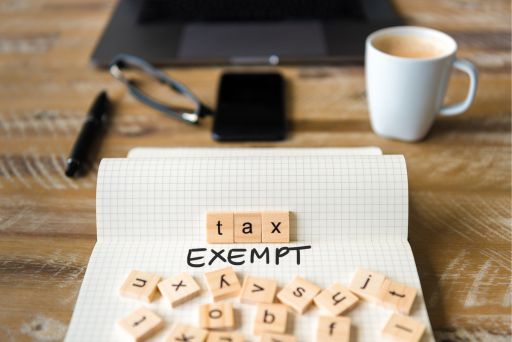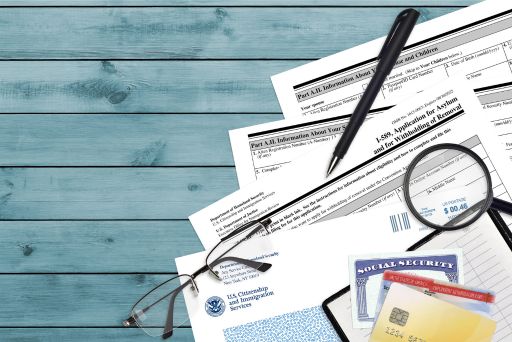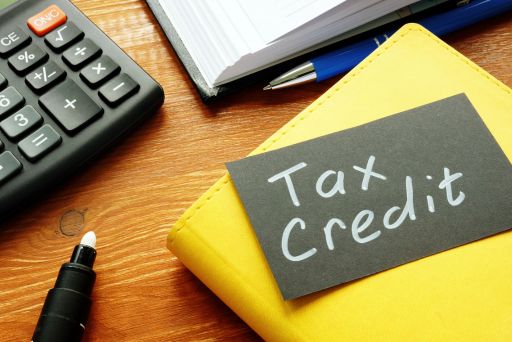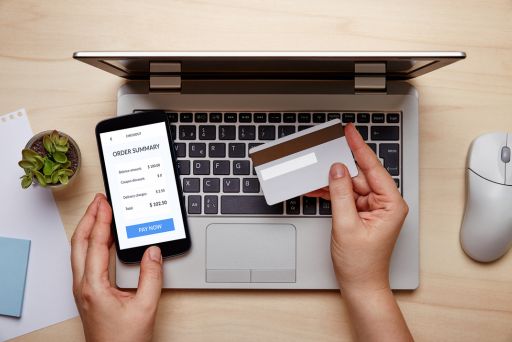Keeping track of product inventory might just be an entrepreneurs least favorite task. However, it’s necessary if you want to be a successful business owner.
Tracking product inventory is useful for multiple reasons.
- It lets you know what products are best-sellers.
- You can save money by not over ordering.
- Free up space by only ordering what you need.
We’re going to help you develop habits that make taking inventory easier so that you can easily keep track of your inventory.
Identify Product Inventory Patterns
Product inventory patterns are helpful so that you can keep your shelves stocked and never miss out on a sale. You need to determine which items are flying off the shelves and which ones are sitting, so that you can keep up with your customers.
It may take a couple months of consistent tracking before you see patterns. However, once you begin to look for patterns, you will see them. Once the patterns become apparent, you can start making smart decisions regarding ordering.
Figuring out what products aren’t selling can help you save money. You don’t want to over order and lose money on products you can’t sell. Retailers lose about 3.2% of their revenue in overstocks. Keeping track of your product inventory can help lower that number.
Another important trend, or pattern, to look for is which products sell during different seasons. Obviously, summer products are going to sit on the shelf during December and January. And Christmas items aren’t going to be in high demand in June. However, seasonal items will be in high demand for a couple of months and you don’t want to lose out on revenue because you didn’t keep enough in stock.
To avoid this, research your past sales and set goals on what you want to sell this year. Then, make your order. Also talk to your supplier on rush orders, just in case you exceed your goal and need to order more products.
Prioritize Top Selling Items
It’s important to keep your most popular products in stock at all times. In a day and age where people can find just about anything online, and for a cheaper price, it’s crucial to keep your most sought after products in stock.
Typically 80% of your demand is for 20% of your products. Running out of these popular products can result in a 4.2% loss in overall revenue.
In order to avoid running our of your top selling items, create a system that prioritizes these items. Perhaps they are the first items on your inventory tracker, so that you can always do a quick look to see where you’re at. Another good way to prioritize these items is to use a visual system. Mark your most popular items so that you can quickly look around your storage and check up on those items often.
Whatever method you use, just make sure you have what you need so that you don’t lose out on sales!
Create an Product Inventory Backup Plan
There are so many options for tracking product inventory. Some people may suggest one system over another, but ultimately, the best system is the one that works for you and your business. Whether you choose a system that uses barcodes, tracking by hand or a visual system, just make sure it’s effective in your business.
However, if you choose a system that is online or needs a computer in order to know how much product inventory you have, you need to have a backup plan. What are you going to do if the system’s server is down? What if you lose power and can’t access your systems? Can you continue with business as normal?
If you rely on technology for your inventory use a thumb drive to back it up. You could even print it off and keep it in a safe place in case you run into a issue next time you do inventory. You can look at your backed up copy to see the differences. It doesn’t hurt to let your accountant know how much you have in inventory either. Plus, we love all of kind of stuff!

























